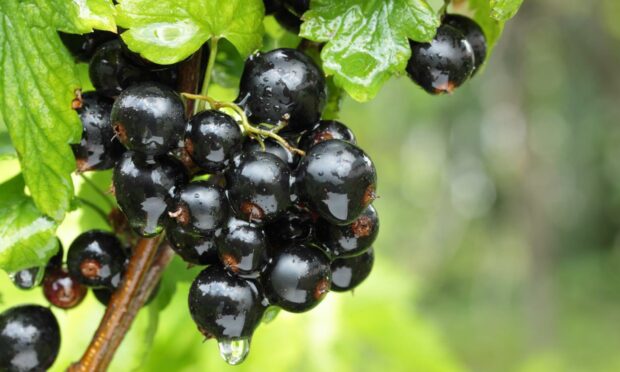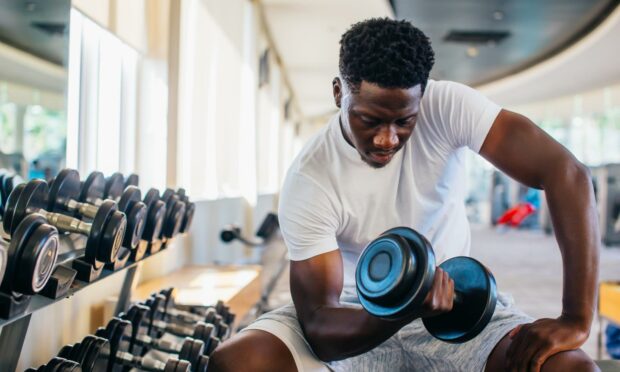Blackcurrants from New Zealand could hold the key to helping people get fitter faster, experts have found.
According to a study from Surrey University, the fruit extract can reduce muscle soreness by half and boost recovery times.
It is thought the natural pigments which give blackcurrants their deep purple colour also have antioxidant and anti-inflammatory properties.
Researchers say their findings are “great news” for those of us who like to keep active – and those looking to get moving for the first time.
50% less muscle soreness
The Surrey University study, published in the journal Nutrients, focused on New Zealand blackcurrant extract CurraNZ, and is the first of its kind to be conducted.
As part of the double-blind, randomised test, participants were asked to take one tablet every day for a week – some contained blackcurrant extract, while others were placebos.
They then completed 60 bicep curls, and carried on with the regimen for four more days before reporting their findings.
It was found that the blackcurrant participants regained their muscle strength from the exercise within 24 hours, while those in the placebo group took 72 hours.
Those taking the supplements reported almost 50% less muscle soreness and, after four days, had 84% less muscle tissue damage.
Who could benefit?
All of the study participants were individuals not used to resistance training – exercising using weights.
As a result, they are more likely to feel stiff and sore after a gym session, and could be more reluctant to head back for another session.
The post-exercise aches are brought on in two waves – the first bringing inflammation and swelling, with the second causing pain as the muscles release toxic by-products.
The process is sometimes called delayed onset muscle soreness, or Doms.
Research leader Julie Hunt, a lecturer in sport and exercise science, said: “A nutritional product like this is relevant because we want individuals to exercise at a sufficient frequency to promote training adaptations and health outcomes.
“There is a clear application for blackcurrant to facilitate exercise recovery as individuals regained their strength more quickly.”

